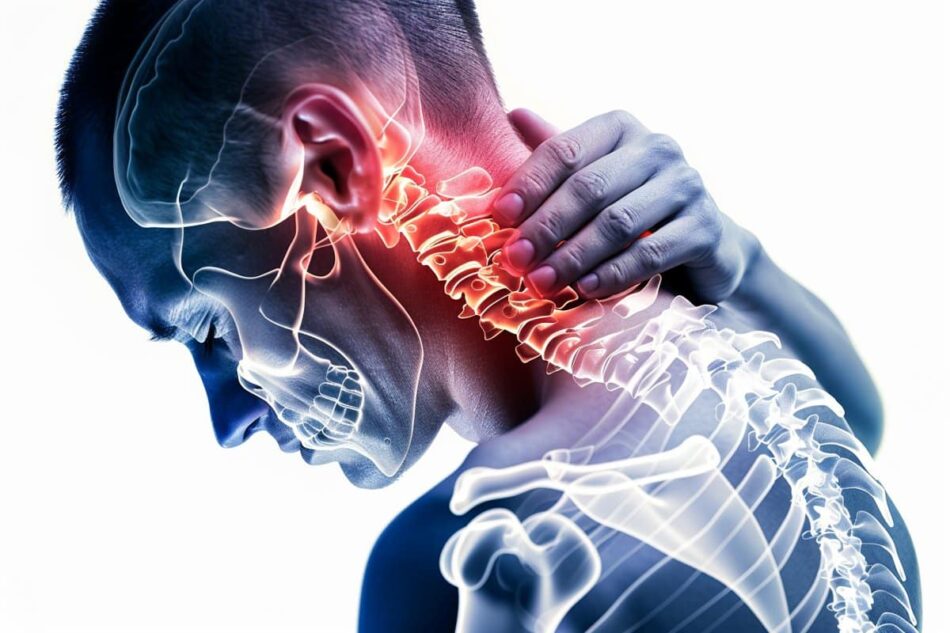First of all,
Humans will always feel pain; it can range from minor discomfort to long-term illnesses that drastically affect day-to-day functioning. In the past, treating pain has been a difficult task that has involved using a mix of medications, physical therapy, and complementary therapies. But thanks to the quick development of technology, cutting-edge approaches to pain treatment are starting to appear. The nexus of wearable technology and pain is opening up new therapy and relief options, including wearable apps. This article examines how technologies and applications are improving the quality of life for those who are in various forms of suffering and revolutionizing pain management.
The Development of Digital Health
As wearables and smartphones become more commonplace, digital health solutions that target a variety of medical issues—including pain management—are growing in popularity. These technologies use mobile connectivity, machine learning, and data analytics to provide patients with accessible, individualized care. The global market for digital health is expected to grow to $379 billion by 2025, meaning that the field of pain management has a lot of room for innovation.
Applications for Monitoring and Managing Pain:
The rise of mobile applications that assist users in monitoring and controlling their pain is one of the biggest advancements in pain management technology. With the help of these apps, users may log their pain thresholds, pinpoint triggers, and monitor alterations over time. Users can learn more about their condition and choose the best course of treatment by evaluating this data. Furthermore, a lot of pain management applications come equipped with tools like guided meditation, breathing exercises, and cognitive-behavioral therapy methods to assist users in managing their suffering and enhancing their general quality of life.
Wearable Technology for Pain Management:
Wearable technology, in addition to smartphone apps, is becoming more and more significant in the treatment of pain. These wearable or clothing-attachable devices reduce discomfort through a variety of technologies, including vibration treatment, heat regulation, and transcutaneous electrical nerve stimulation (TENS). To alleviate acute and chronic pain disorders, TENS devices, for instance, apply electrical impulses to nerve fibers to prevent pain signals from reaching the brain. Similar to this, vibration therapy-equipped wearables can ease muscle strain and increase blood flow, which makes them useful tools for treating ailments like arthritis and lower back discomfort.
Pain Distraction and Virtual Reality:
Another promising method for pain management is virtual reality (VR) technology, which provides users with immersive activities that divert their attention from their agony. Virtual reality (VR) can reduce pain by taking users to virtual worlds and activating their brains’ sensory and cognitive functions. Research has demonstrated that virtual reality therapy can be useful in lowering pain during medical procedures, physical therapy exercises, and the treatment of chronic pain. Additionally, users can customize VR experiences to suit their own tastes, selecting settings that encourage stress relief and relaxation.
The Function of Analytics and Data
Real-time data collection and analysis is one of the main benefits of technology-based pain management solutions. Through the monitoring of variables including activity levels, pain thresholds, and medication compliance, healthcare professionals can obtain important insights into patients’ situations and adjust treatment regimens accordingly. Furthermore, by using machine learning algorithms to analyze pain data, patterns and trends can be found, allowing for more targeted and proactive therapies. This data-driven strategy can optimize treatment plans and avoid needless treatments, which could lead to better outcomes and lower healthcare costs.
Obstacles & Things to Think About:
Although technology has enormous potential to help manage pain, there are obstacles and issues that need to be taken into account. Ensuring the privacy and security of sensitive health data acquired by apps and devices is crucial to prevent unauthorized access and misuse. To guarantee the security, efficacy, and dependability of digital health solutions, thorough clinical validation is also required. To guarantee that these technologies follow accepted norms and regulations for medical devices and software applications, regulatory monitoring is also necessary.
In summary:
New avenues for the control and treatment of discomfort are being made possible by the convergence of pain and technology. Innovative technologies are changing the way we approach pain treatment, from wearable gadgets that give tailored pain relief to smartphone apps that enable people to track and manage their symptoms. Healthcare professionals may serve patients with acute and chronic pain issues with more individualized and efficient care by utilizing data analytics, machine learning, and virtual reality. Millions of individuals worldwide could see significant improvements in pain management results and quality of life as long as technology keeps developing.

